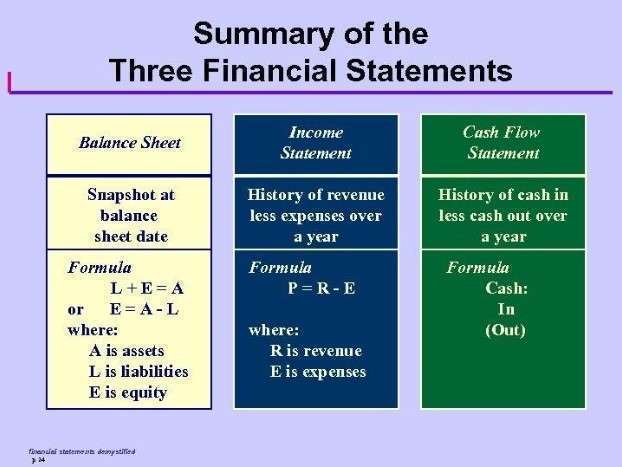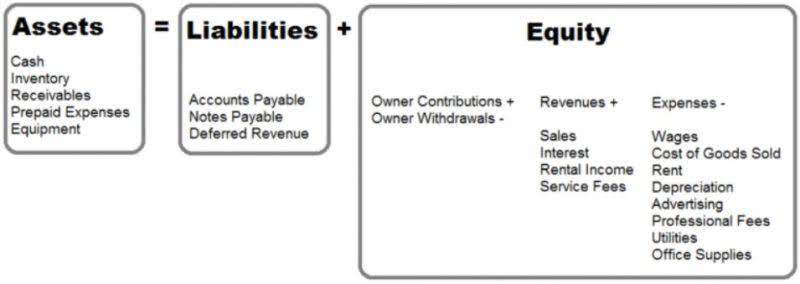
Scaling up means that a smaller figure is enlarged to a bigger one. In this case, the scale factor can be calculated by a formula, which is another version of the basic formula given in the what are retained earnings previous section. Find the scale factor for a rectangle with dimensions `6` cm by `4` cm that is enlarged to a rectangle with dimensions `12` cm by `8` cm.
Scale Factor of a Rectangle
- When we talk about scaling down, we’re referring to making an object smaller.
- In this case, the perimeter decreases by k times, and the area decreases by k2 times.
- However, we can also have negative scale factors when transforming shapes.
- This is a central principle in geometry, working with both 2D and 3D figures.
- It’s calculated by dividing the dimensions of the new shape by the dimensions of the original shape.
- The scale factor tells us what to multiply each side length of a geometric figure by to produce a scaled, similar figure.
- It has a width of 2 squares and a length of 4 squares.
This formula allows us to determine whether we’re making a shape bigger or smaller and by how much. To find the dimensions of the original shape in a scale drawing, divide each dimension of the new shape by the scale factor. To calculate scalefactor the ratio in a scale drawing, compare the dimensions of the drawn figure to the actual dimensions. Divide each dimension of the drawn figure by the corresponding dimension of the actual figure to obtain the ratio. There are a few steps involved when enlarging a shape.
- For example, a scale factor of 2 means that the new shape is double the size of the original shape.
- To determine the scale factor in a ratio, compare the corresponding values in both parts of the ratio.
- Prepare your KS4 students for maths GCSEs success with Third Space Learning.
- To find the dimensions of the original shape, you can use the formula and substitute the values.
- The one figure would be the scaled figure of the other one.
Create a free account to save this explanation.

Similarly, in squares, we compare corresponding sides, and in cones, we compare slant height, radii, or volume. Please note that though the scale factor of the dimensions is `2`, the area scale factor would be https://www.bookstime.com/ \(2 \times 2\). Hence, the new area (`60` square cm) would be `4` times the original area (`15` square cm). When it comes to circles, they’re always similar to each other.

Example 2: use a scale factor to enlarge a shape
It is a multiplying entity that lies in the range of (0, infinity). An original figure can be increased or decreased depending on the scale factor. Vaia is a globally recognized educational technology company, offering a holistic learning platform designed for students of all ages and educational levels. We offer an extensive library of learning materials, including interactive flashcards, comprehensive textbook solutions, and detailed explanations. The cutting-edge technology and tools we provide help students create their own learning materials.
Using the symbol “k” to represent this factor, acts as a special number indicating the relationship between the original figure and its resized version. It’s important to note that the scale factor only influences the size of the figure, not its appearance. Similarly, if we have to draw a smaller triangle similar to bigger one, we need to divide the side-lengths of the original triangle by scale factor.
- Meet the people who work hard to deliver fact based content as well as making sure it is verified.
- Finding a scale factor of similar figures- Scaling factors helps in forming a new figure, with respect to the original figure.
- We can also say that the side AB corresponds to the side A’B’, the side AC corresponds to the side A’C’ and the side BC corresponds to the side B’C’.
- This means that there’s always a scaling factor involved.
- As we can see in the above image, this has been marked in as point O.

